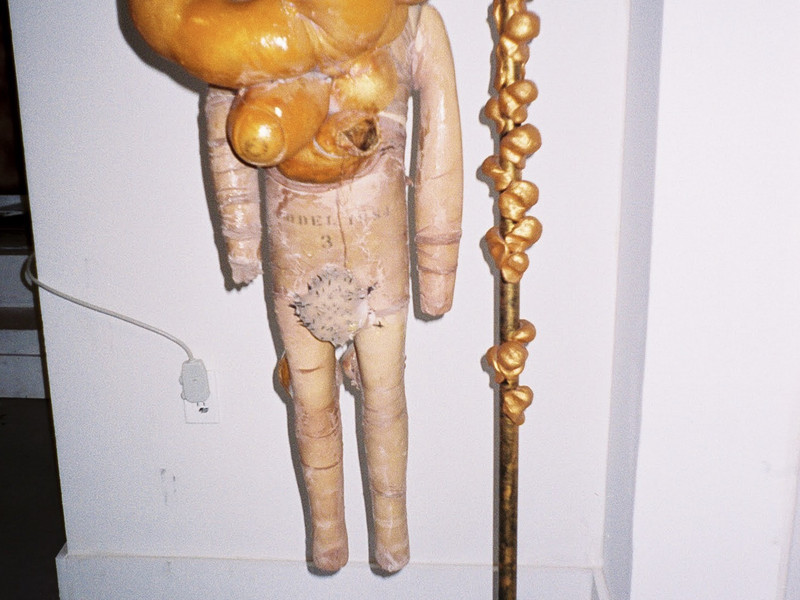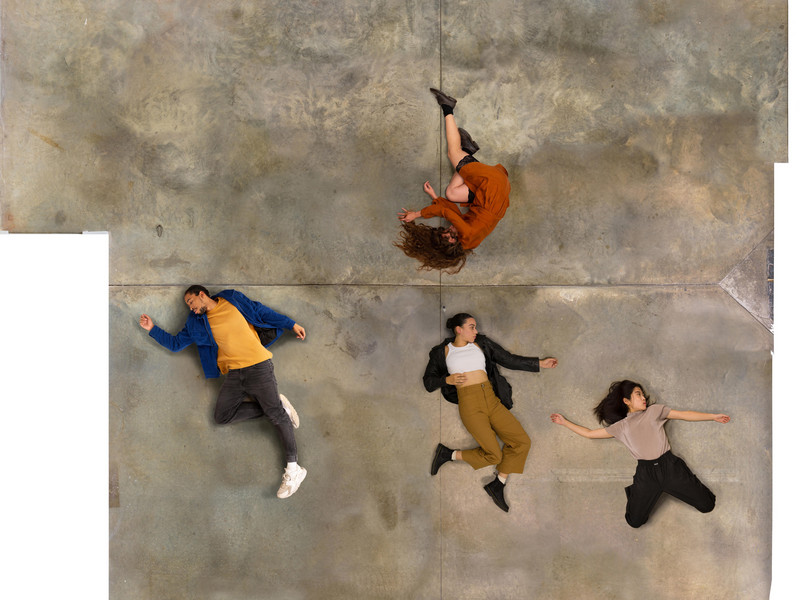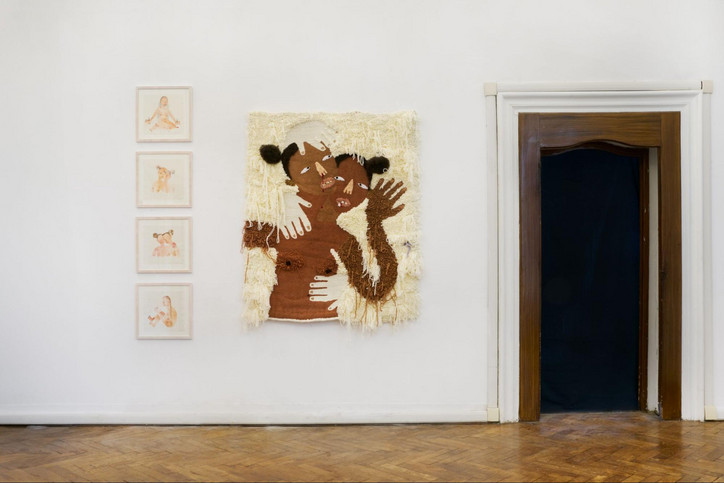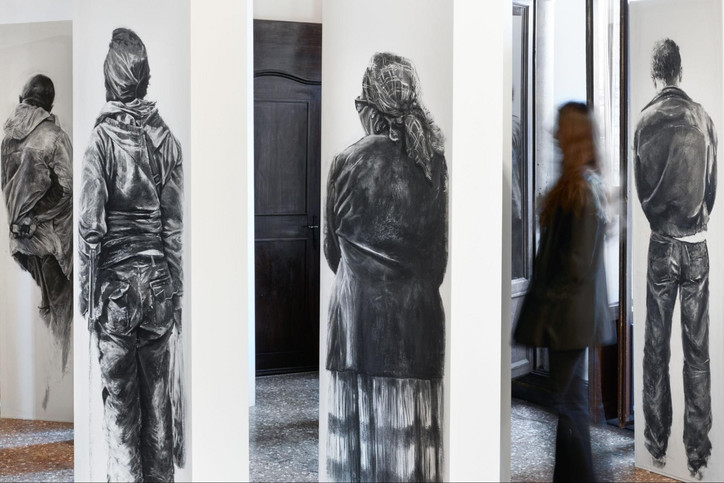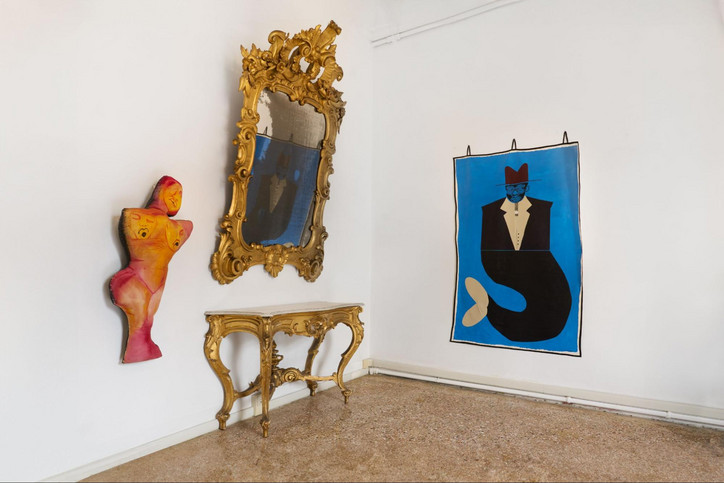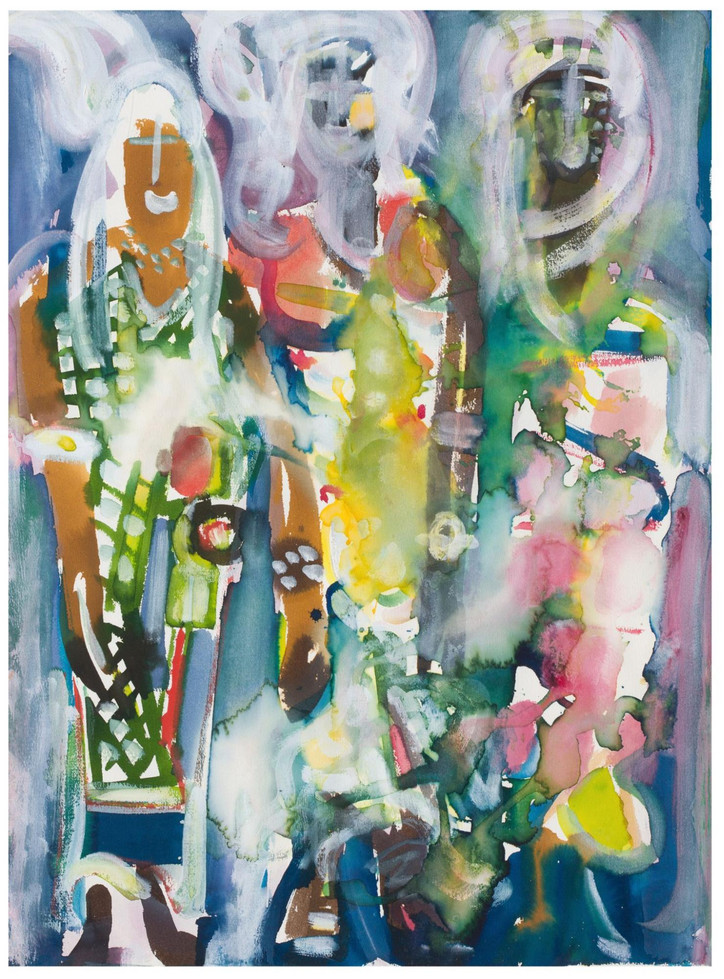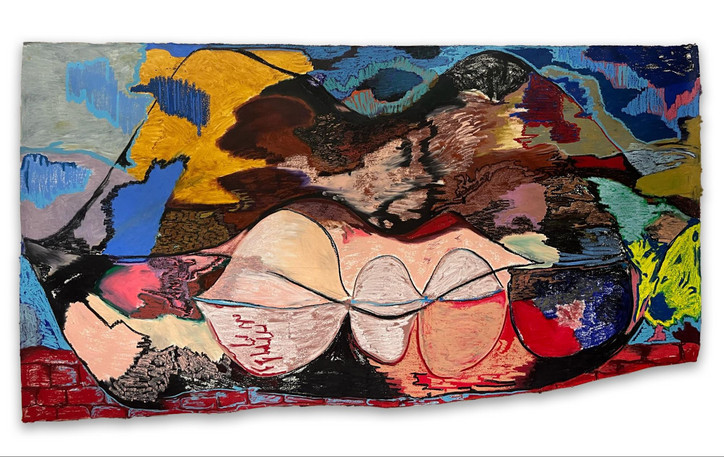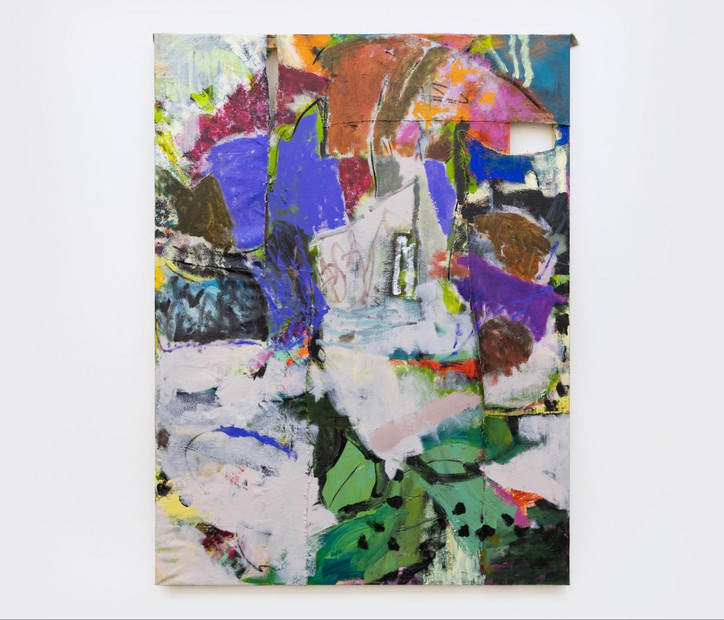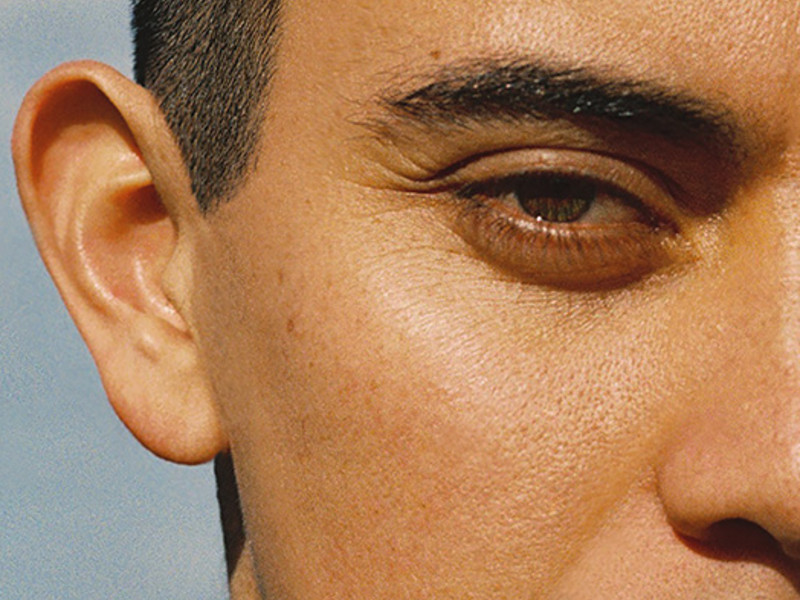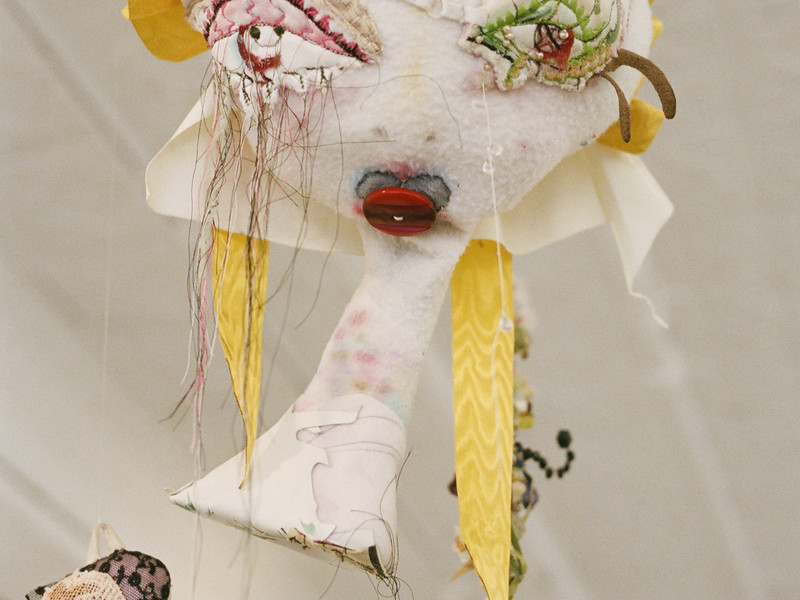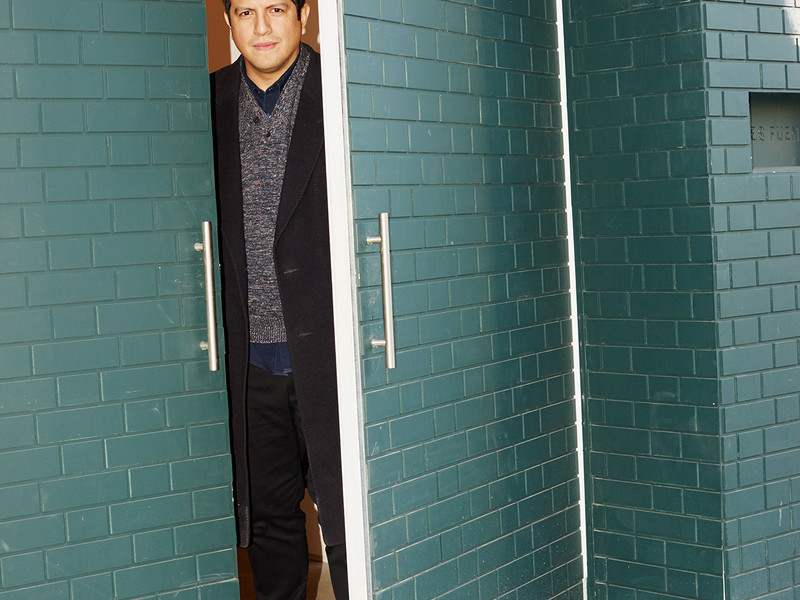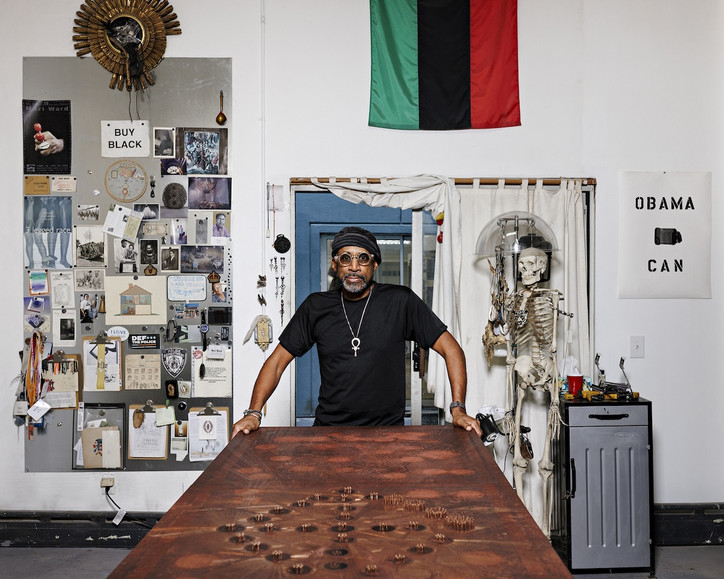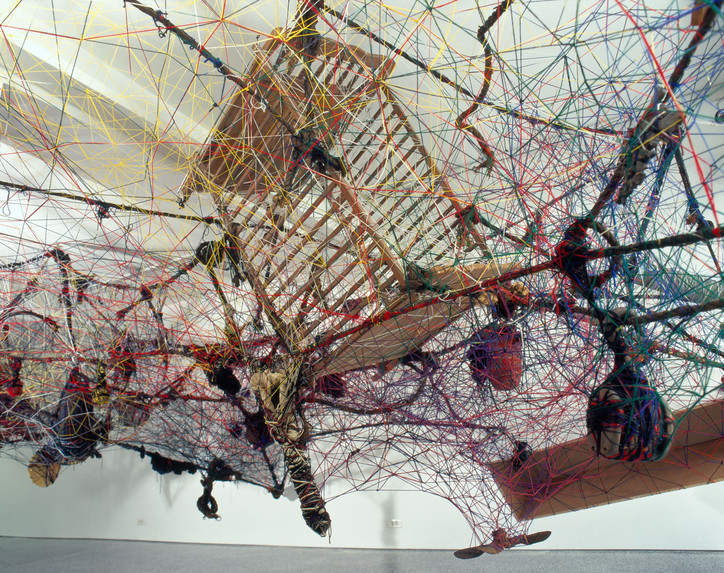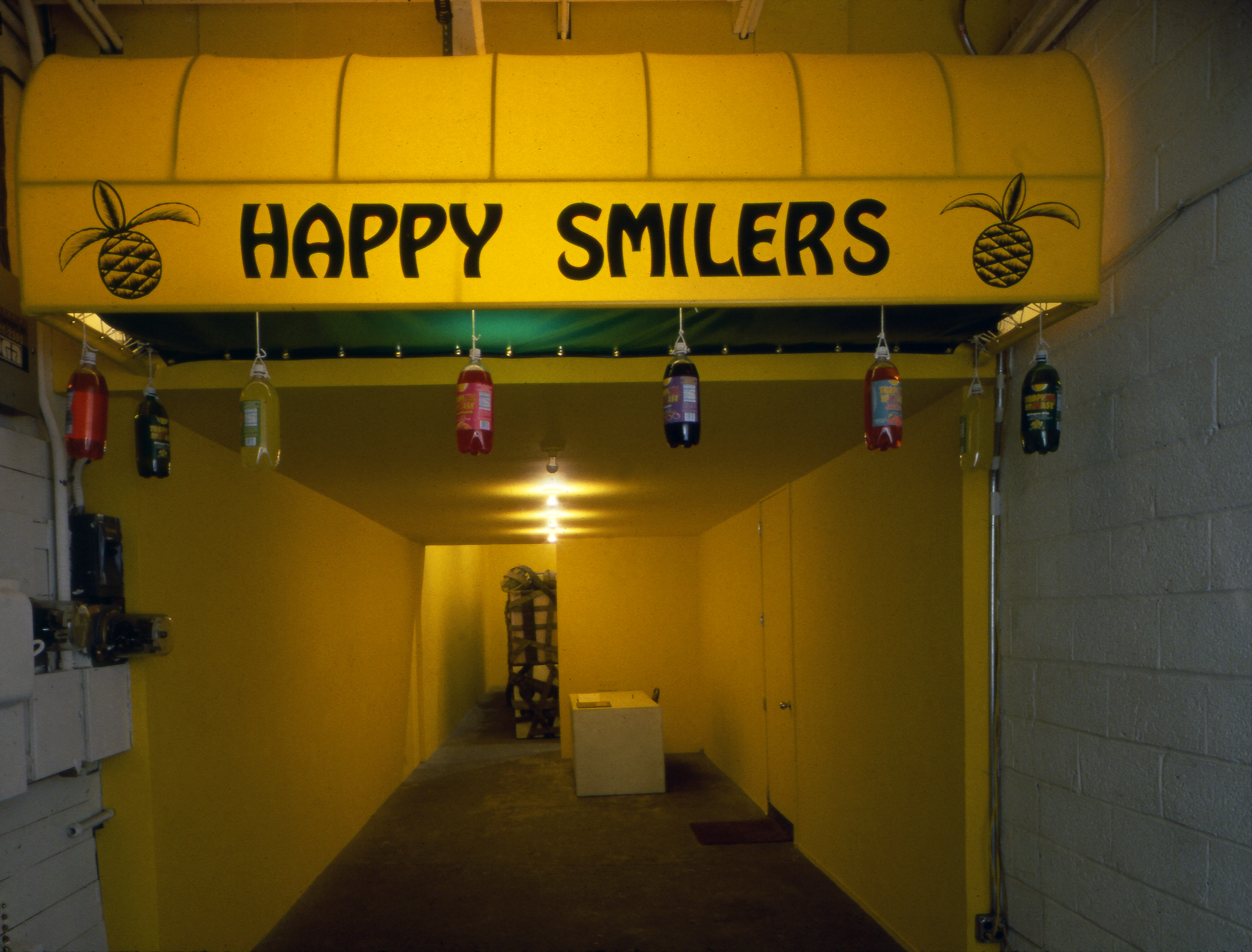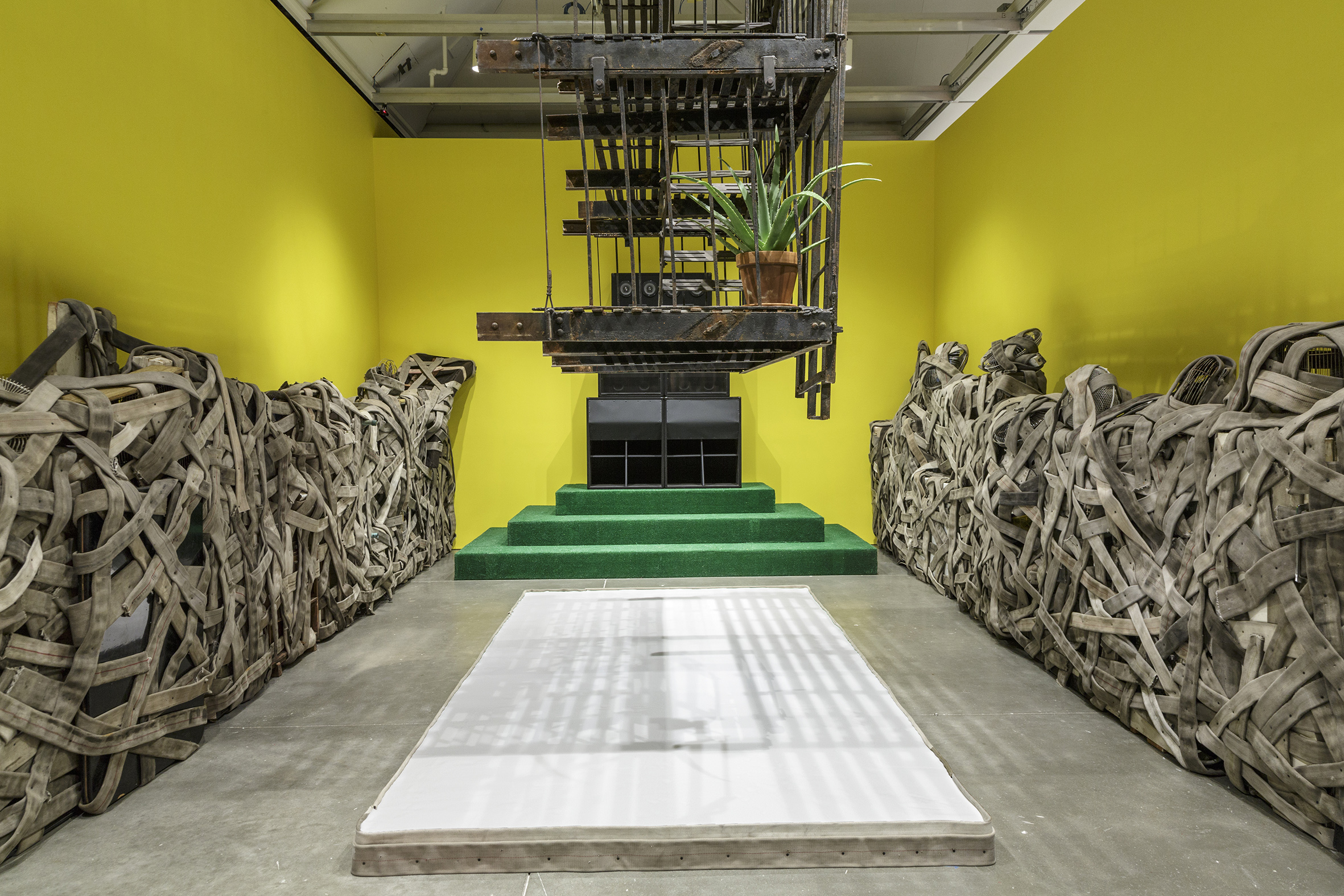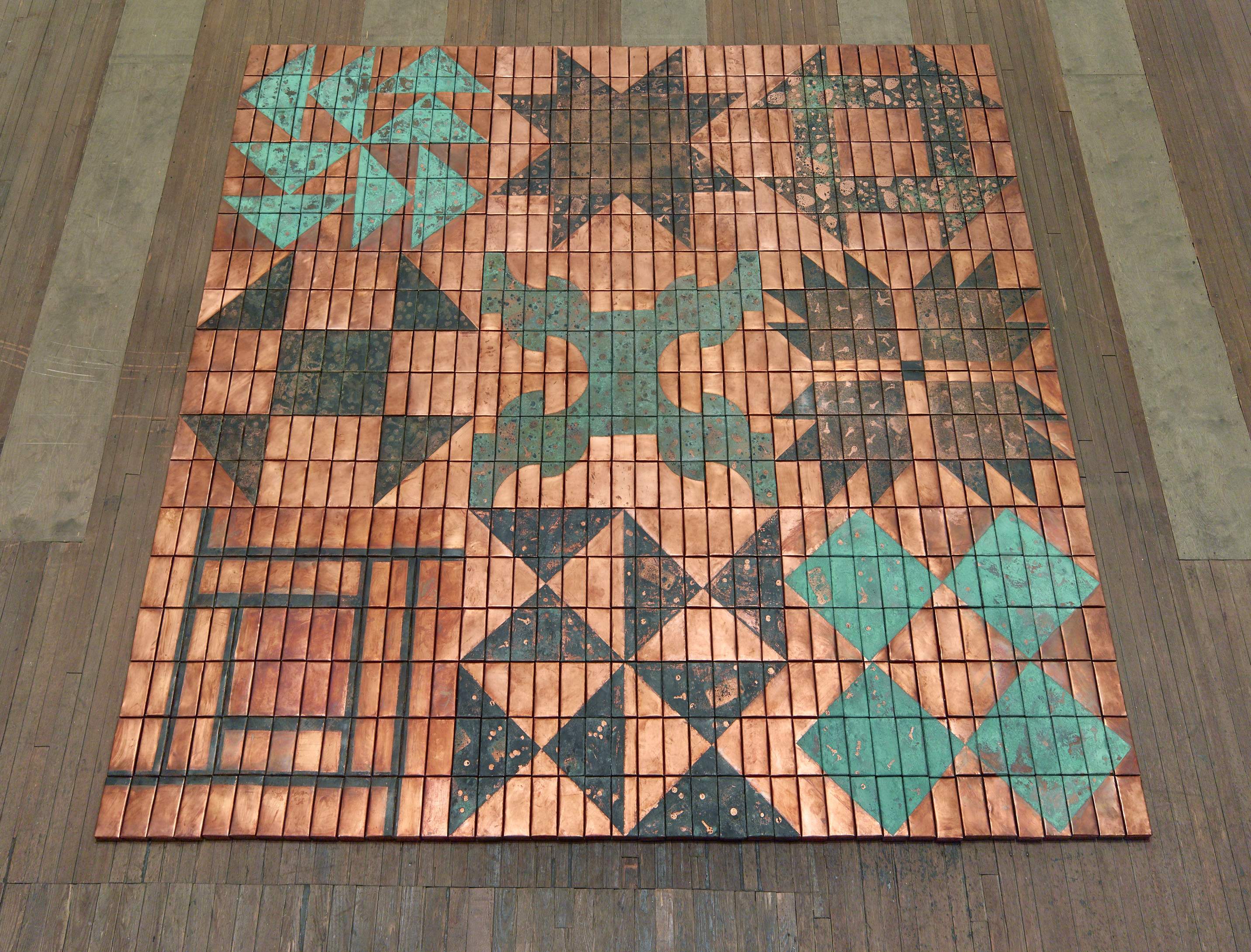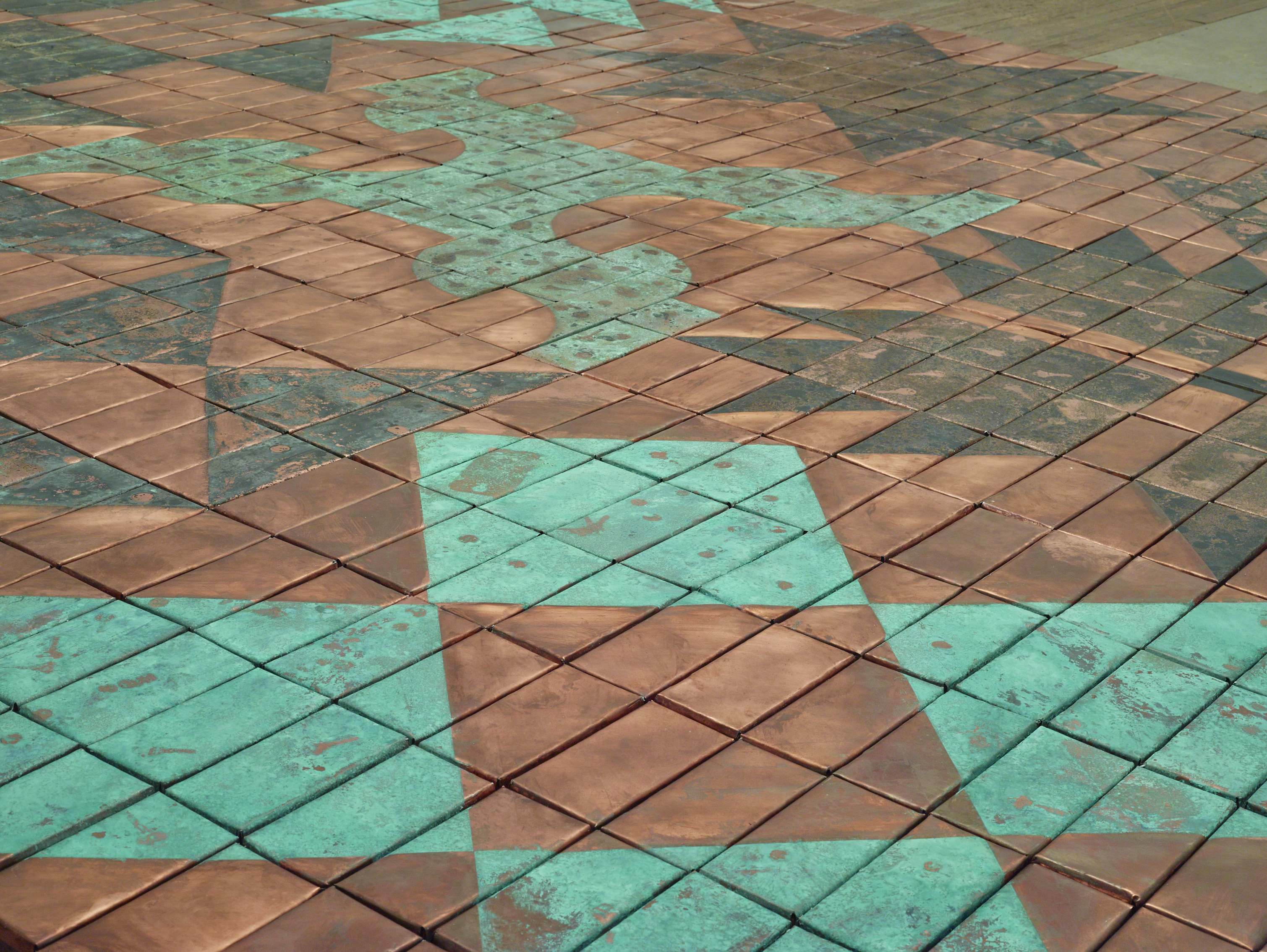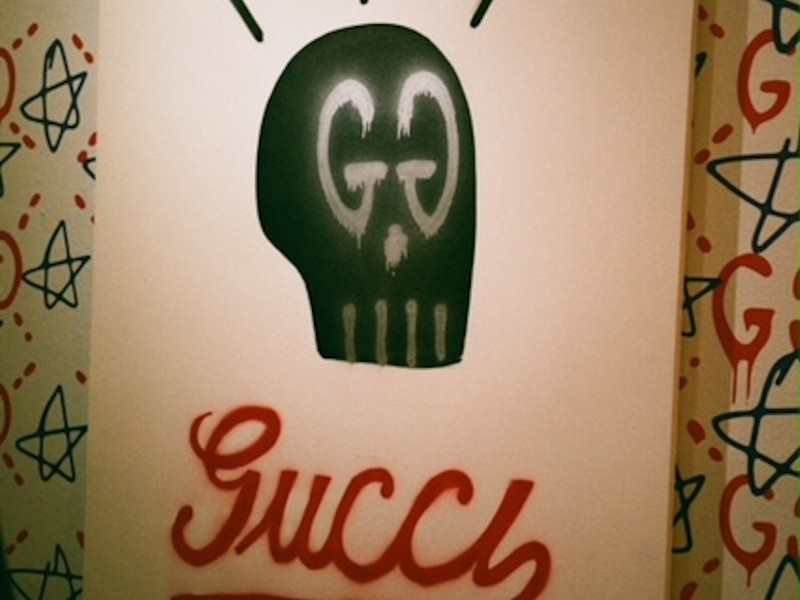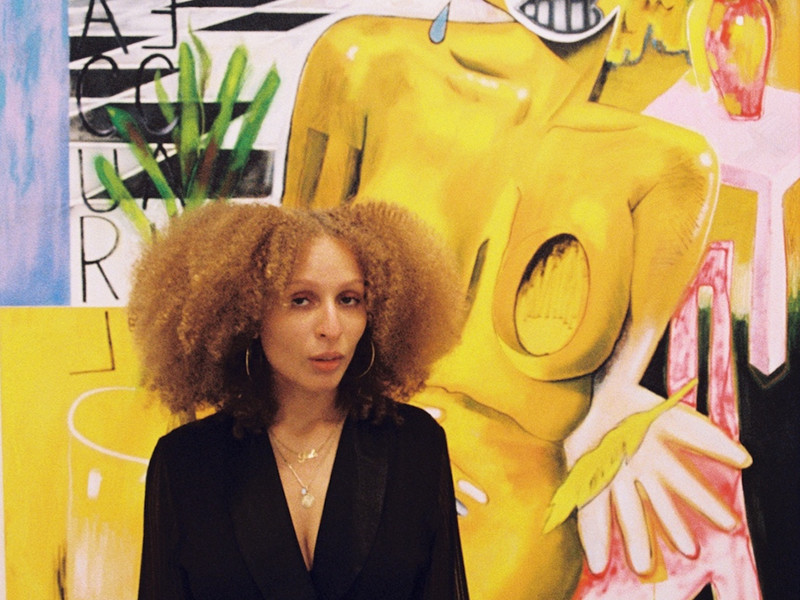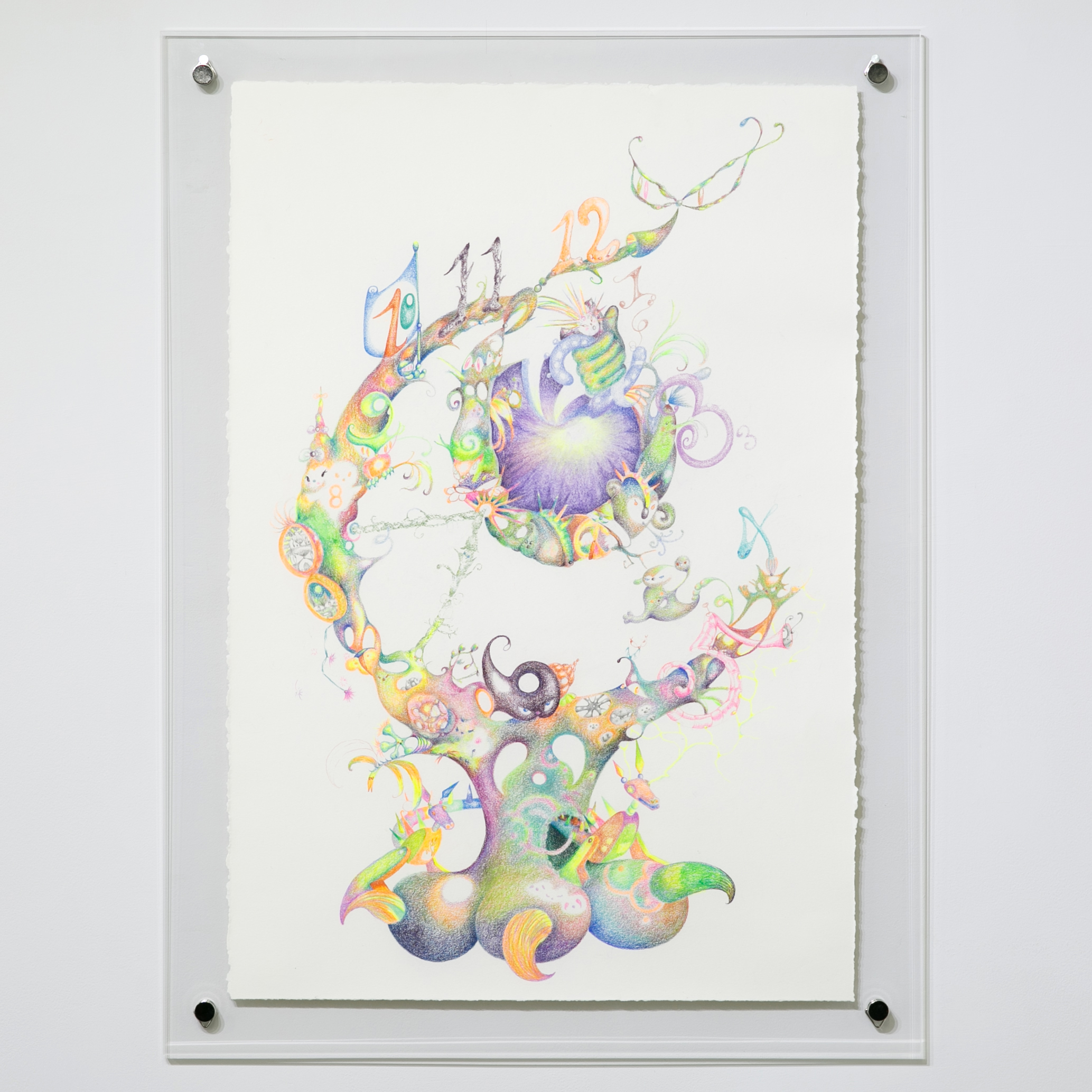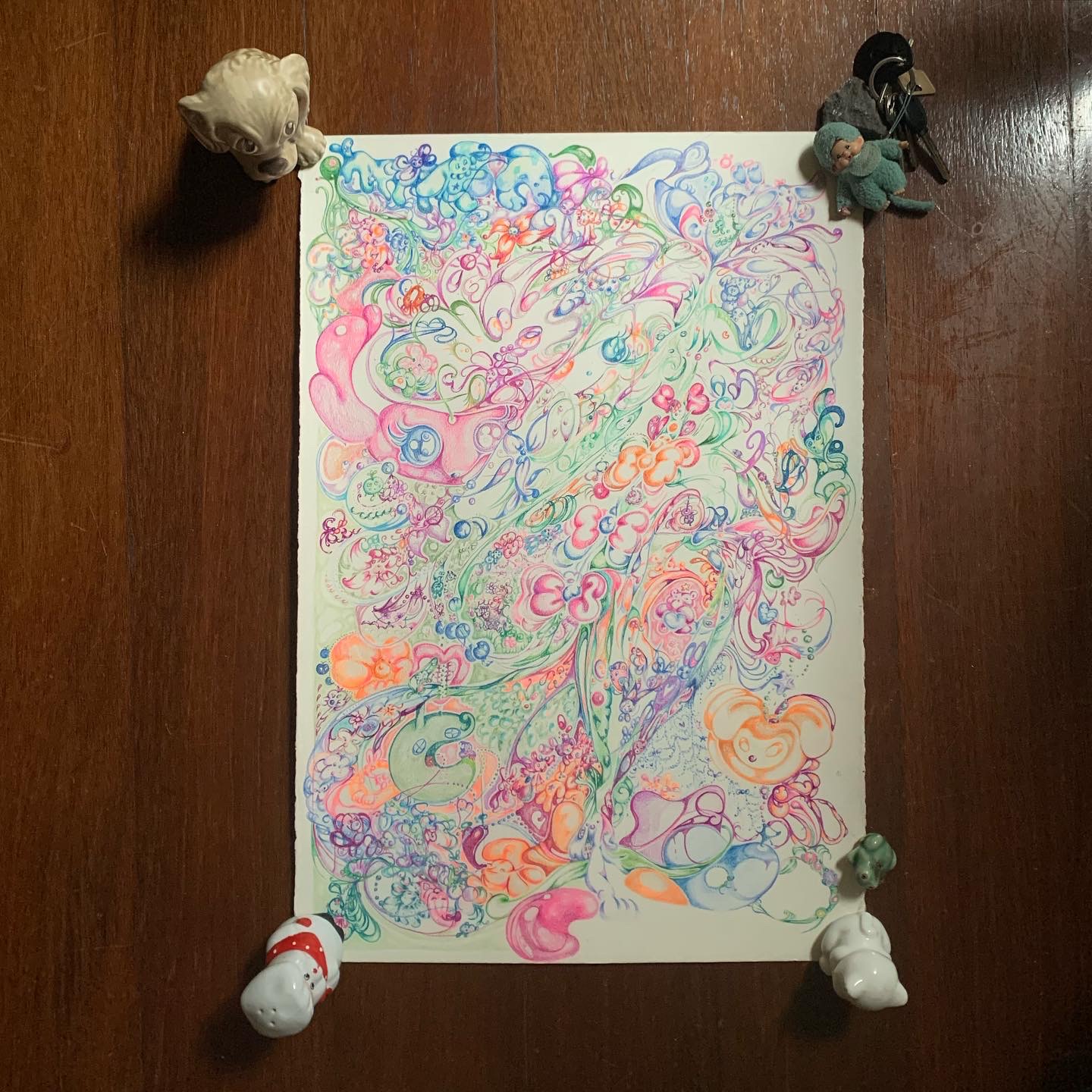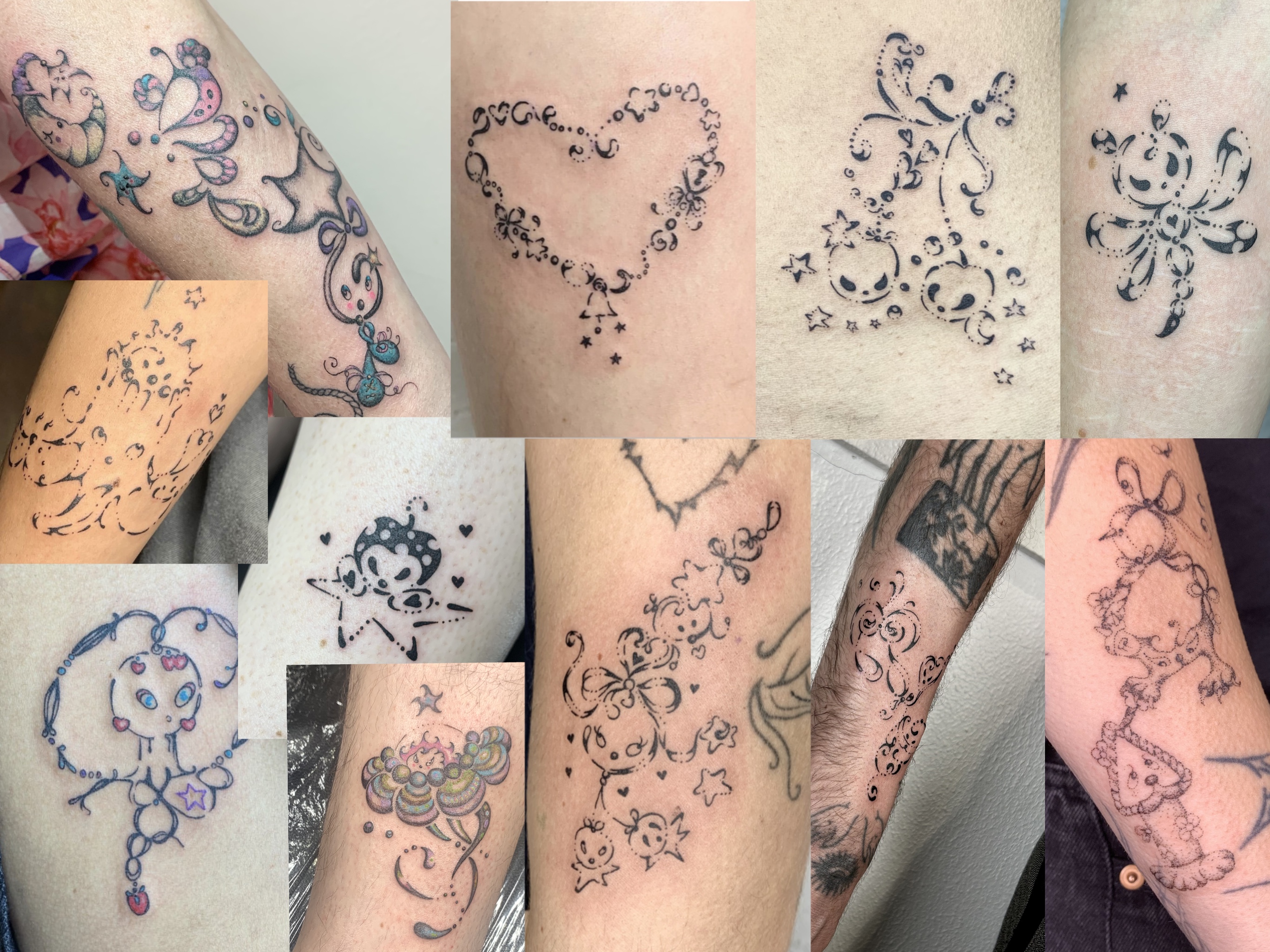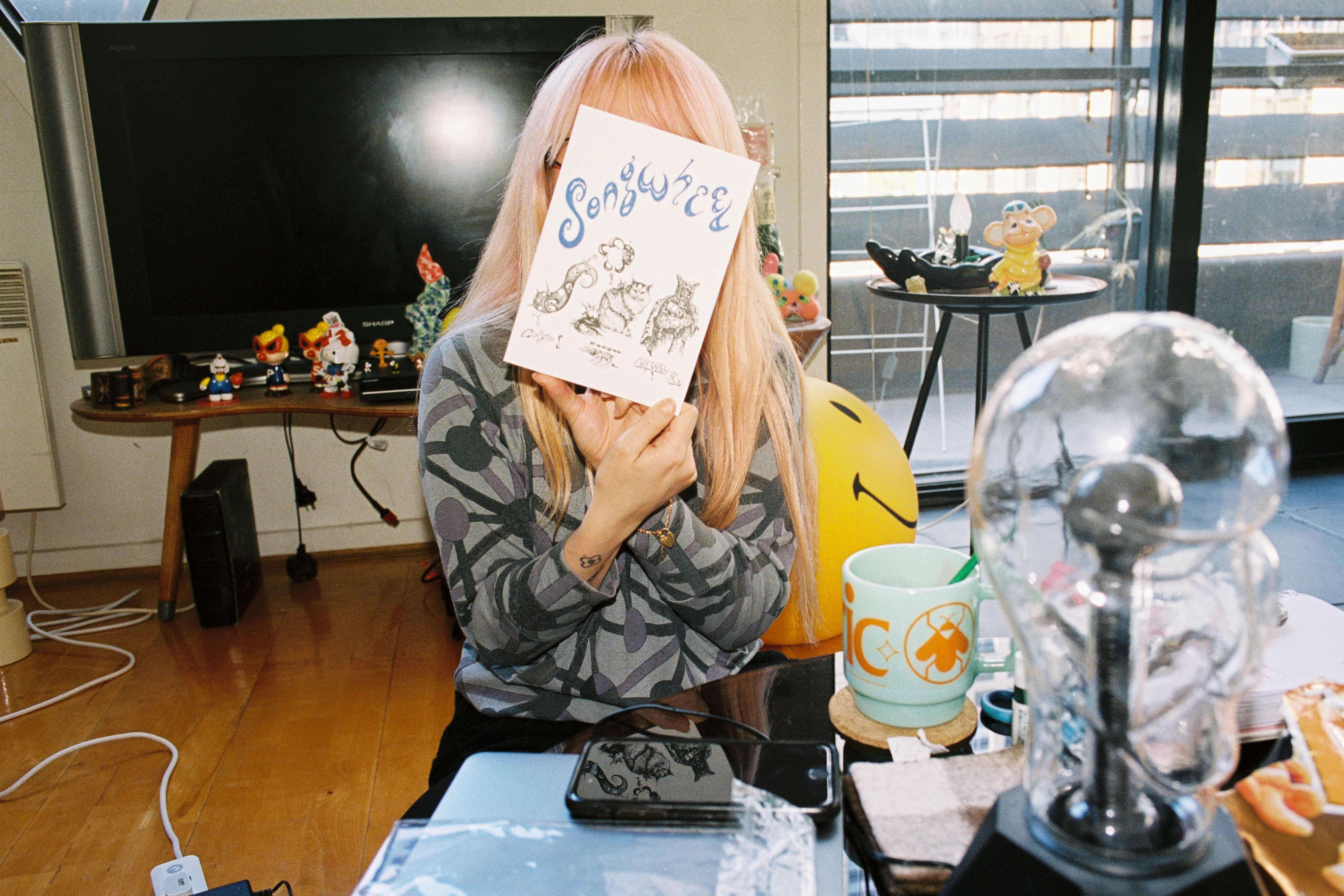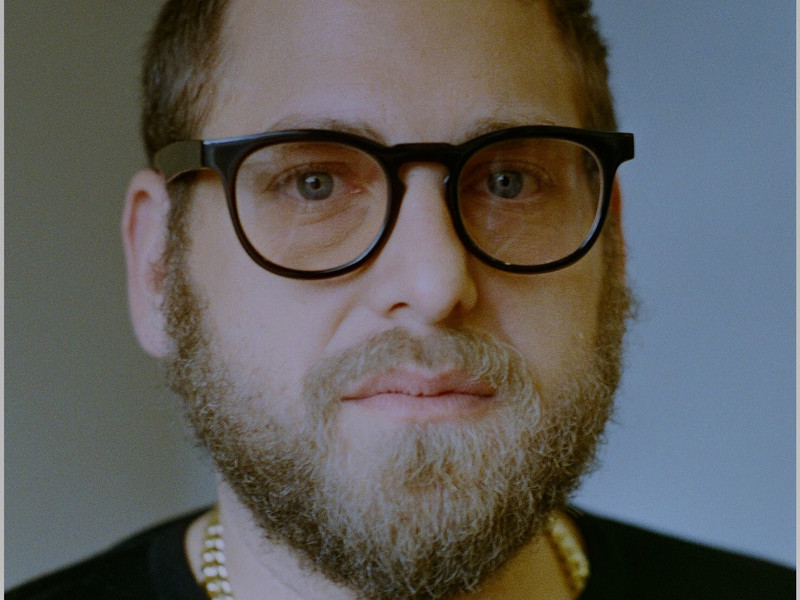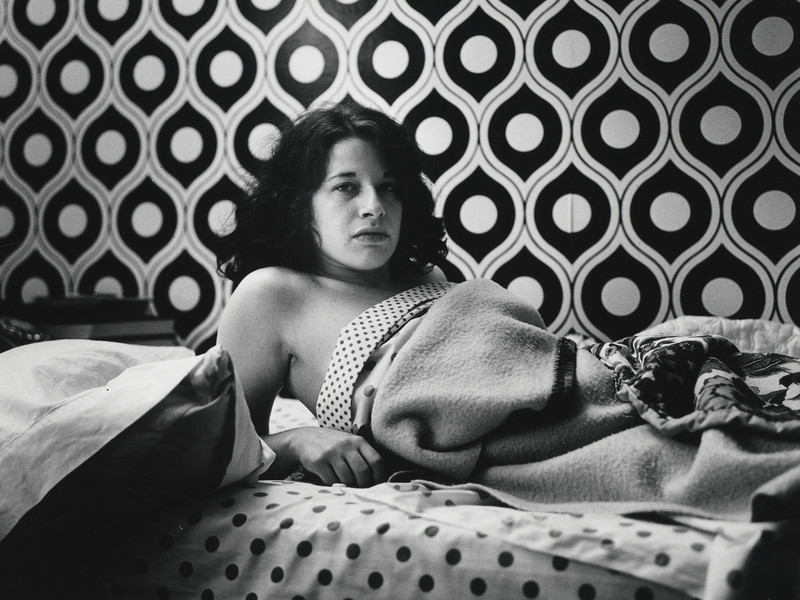Techno as Diaspora: Dion “TYGAPAW” McKenzie’s 3WI
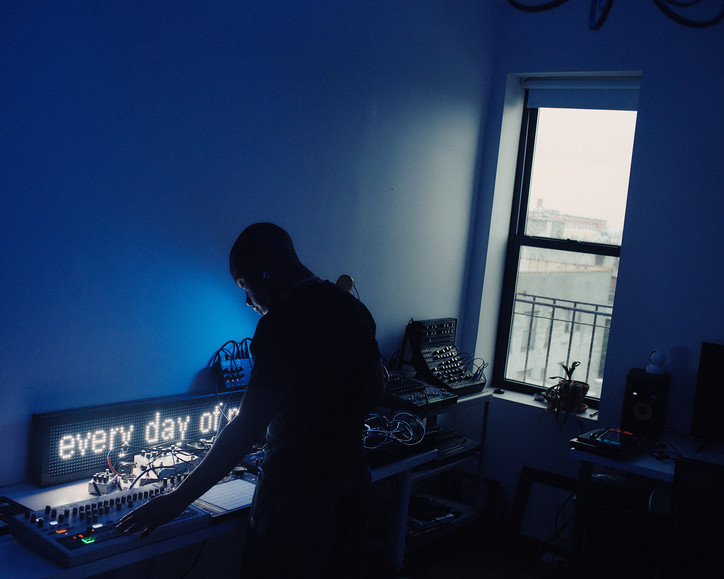
The journey begins with an inaugural performance in Ghent, NY at Art Omi, and then later continues as a rave in Bushwick, Brooklyn. As a meta-archival gesture, video footage from these events seamlessly integrates into a live video loop. Blending performance, sound, archival video, Black diasporic scholarship, and a series of talks, 3WI foregrounds the origins of techno within a Black music tradition. The stakes of this intervention are high given the ongoing historical erasure of techno — a genre originating from Black American subcultures within Detroit and Chicago. Both spectators and artist Dion McKenzie become intrinsic parts of a techno archive that is currently being divorced from its origins. Simultaneously, this erasure is perpetuated by a revisionist rewriting of techno history, positioning it as Western European, specifically German.
McKenzie traces a global history of techno, paralleling their personal journey from Jamaica to existing within a diaspora. In this interview, McKenzie delves deep into the ways in which their Jamaican upbringing profoundly influences their musical practice. Bridging the realms of academia and personal experience, McKenzie's autoethnographic project seamlessly weaves together techno scholarship with their own lived encounters. By merging the sonic and haptic elements within the initial Art Omi performance and addressing questions surrounding archivalship and erasure, Dion "TYGAPAW" McKenzie's 3WI dismantles the revisionist rewriting of techno's history.
Nameera Bajwa— Where/what/when was your first experience listening to techno?
My first experience listening to techno is a hard one to place. Because now that I know what actual techno is, I’ve probably heard it in my adolescence and had no clue what it was called but I knew it was something I wanted to be a part of. I knew it was music I would find my way to making in my future.
How would you trace the historical trajectory of techno?
When I discovered the true origins of techno, what we know as techno today, it was around 2012 via one of the few documentaries on YouTube that investigated a more accurate, and not whitewashed history. I was pleasantly surprised to learn that three young Black men from Detroit — Derrick May, Juan Atkins and Kevin Saunderson — referred to as the Bellevue Three, were the pioneers of techno. I was led to believe that techno is a European genre that originated in Germany. In this moment, this realization immediately occurred for me, granting me an opening, a connection, a truth. A truth where I could then place myself within a genre of music that previously felt exclusionary, because it was whitewashed. I now know that there is so much possibility for sonic exploration.
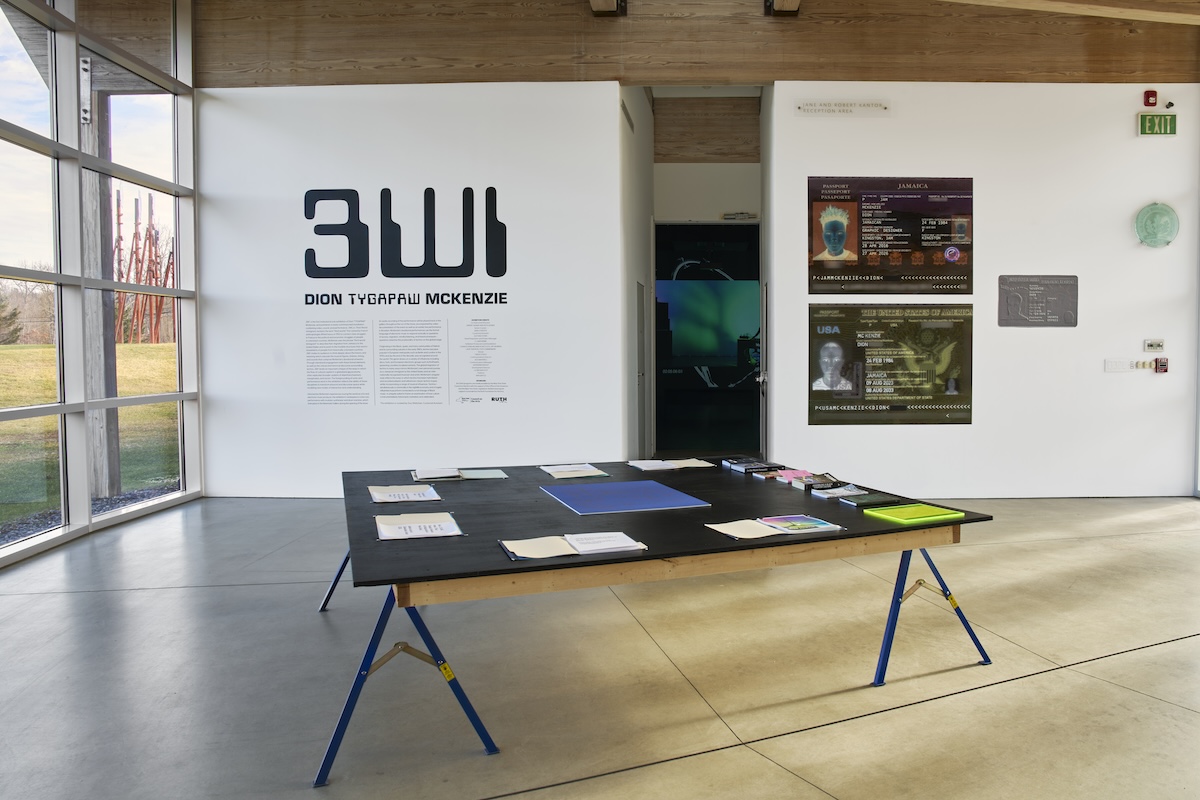
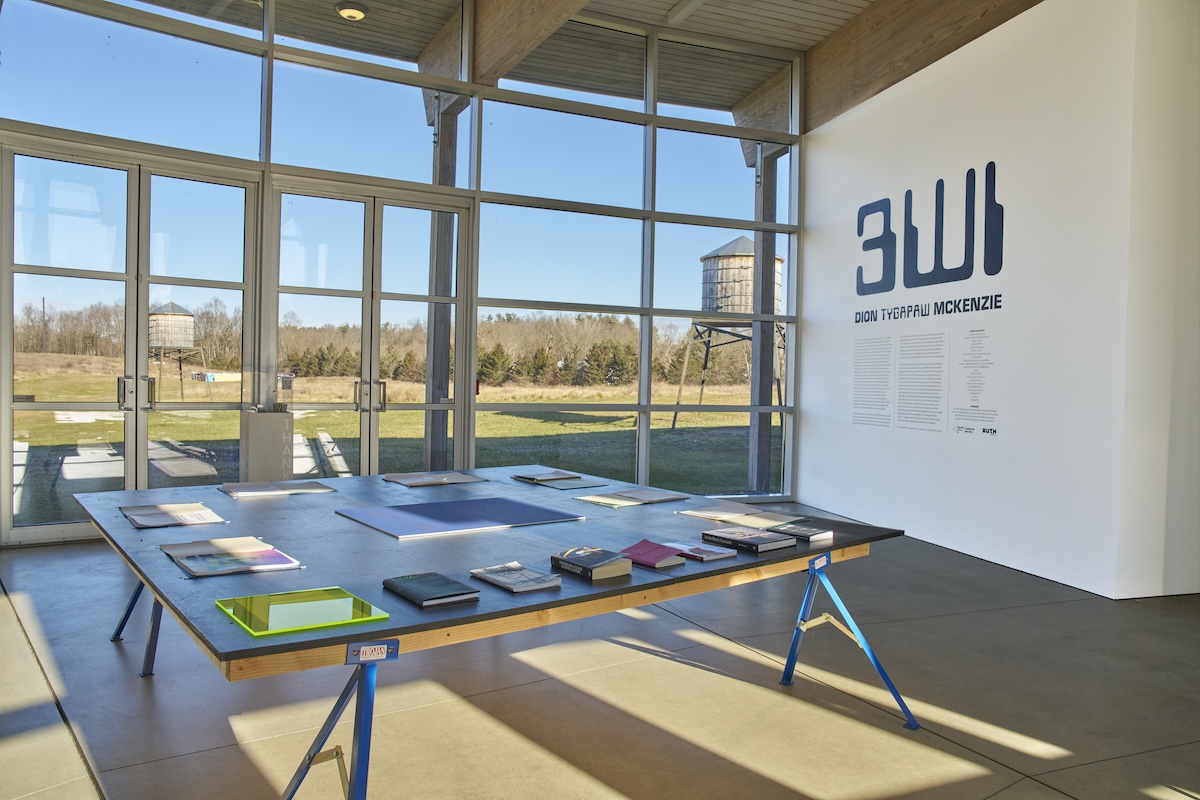
At the entrance to your show at Art Omi, there are two magnified passports plastered on the wall — one Jamaican and one American. So from the very start, we are made to think about our respective positionalities coming into the space. Is there a way in which your upbringing in Jamaica informs your relationship to music?
Coming from Jamaica where our music is percussion oriented, techno always made sense to me and felt very ancestral. My ancestors used drums and percussion to communicate and for ceremonial practices. Rhythm is innate. Techno’s primary elements are percussion, repetition, and rhythm established by a faster tempo. These elements are complementary to gathering and dancing instinctively. Jamaicans thrive in environments where we gather together, dance and connect physically and spiritually. Jamaicans have pioneered three genres that are now excessively commercialized: reggae, dancehall and hip hop. Oh, and let’s make that four — reggaeton.
Given the title 3WI, how do you place the progression of techno as a movement from North America to Europe in relation to your own diasporic experience migrating from Jamaica to the United States?
The Black people who are creators and artistic vessels for revolutionary art forms are erased from that very important history, mostly due to the extreme lack of resources and access. The way I see it, techno was extracted from Detroit and not given the opportunity to grow and develop in the U.S. because racism wouldn’t allow for revolutionary music made by Black people to thrive, so it was then exported to Europe where they saw the opportunity to co-opt it since it was something they had never heard or felt before, and the records were faceless at the time. With all of the resources and spaces available to them to build huge clubs, they could steadily disconnect the genre from its original birthplace. Tresor is the only music platform that I know of that supported the Black pioneers from the beginning.
I’ve had to leave Jamaica in order to be an artist. I was born in the 80s, so there was absolutely no possibility for me to be the artist that I am in that generation. Especially since I was assigned female at birth, and Jamaica is an aggressively patriarchal society. It was extremely difficult to navigate growing up there with all the sexist limitations projected onto me.
Basically, winning the opportunity to study abroad in NYC in 2002 changed the trajectory of my life. I applied for a student visa right after 9/11 so visas were cut significantly and I received one of the very few. Coming here and finding out Detroit was the birthplace of Techno, everything started to make sense in regards to why techno is a more harsh and aggressive sound. It’s a reflection of the city's history; the collapse and deterioration of the booming industrial city and the destabilization of the Black community. Techno was the response. I deeply connect with that in my own art practice, because I’ve felt the effects of colonial destabilization in the global south and I respond to the harshness of my immediate environment by translating that impact sonically through my musical compositions. We both look towards building worlds sonically that reflect our ancestral power and create new possibilities of being. To elevate and liberate those who care to know the truth.
The textual disclaimer within the piece about how you read techno as patterns perhaps due to your dyslexia is intriguing. How does the way you read music and see patterns inform the type of music you play?
It doesn’t inform the music I play as a DJ, but it does inform the music I make as a musician and producer. Take a 12 step hardware sequencer/drum machine, which are ideal musical instruments for me because I can instinctively program patterns, and take a more tactile approach to producing music. I also mention playing guitar in the textual disclaimer. The guitar is also very intuitive for me since the scales and chord progressions lay on the fretboard are patterns I can improvise with, which is similar to the way I interact with my drum machines and synth modules.
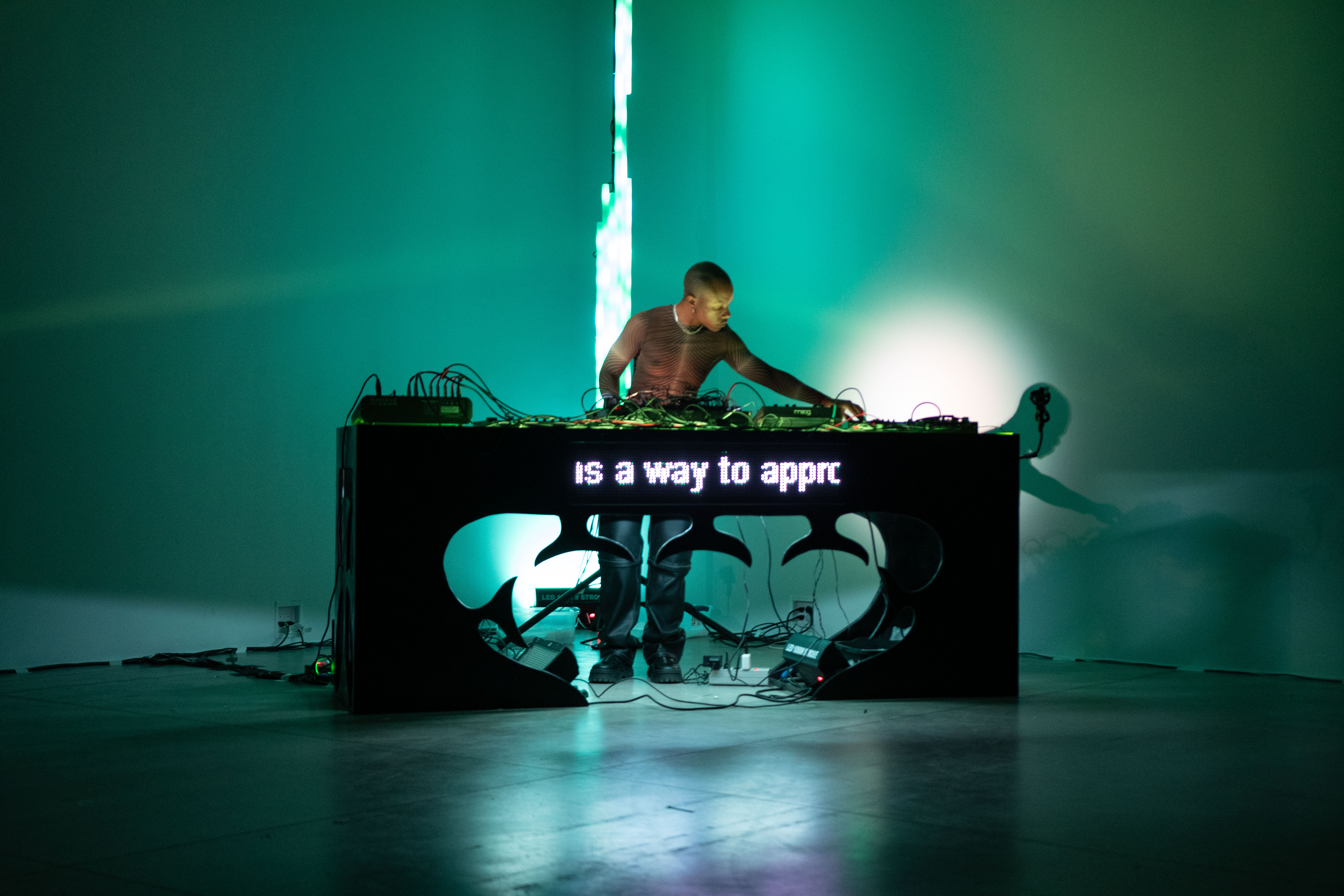
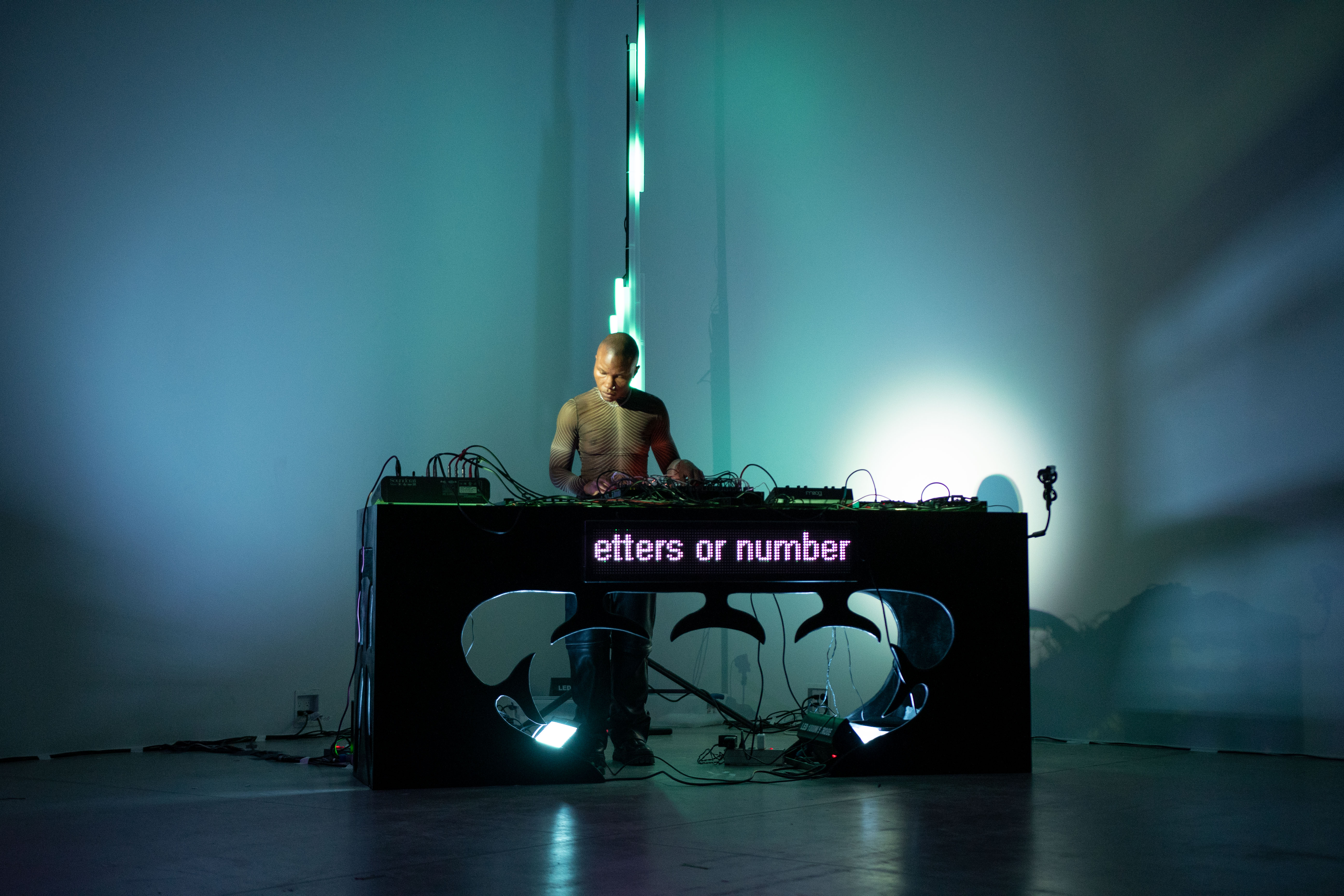
I noticed a third of the way through your performance that my foot had been tapping along to the beat of the techno, and over time, I would unconsciously start moving different parts of my body to the rhythm too. I looked around and noticed almost everybody else in the room doing the same, almost as if we were all itching to turn this into an actual rave. What did you think and/or the response from the audience during your performance was going to be?
The techno I make has a way of moving you without you being aware your body is compelled by the sounds to move. I incorporate rhythms that blend percussive patterns that you can hear in soca and dancehall and I blend it with the standard Detroit techno patterns. That’s a hard combination for the body to ignore. My sound is unique to me, because it comes from my lived experiences. I live for that involuntary response. I’m always pleased to learn that my music instinctually moves the body. That means I’m honoring my ancestors, I’m honoring where I came from and actively building the world in which I would like for Black queer and trans people to thrive. By creating spaces for us to gather and connect and support each other openly.
Could you expand on the spatial layout of the room? You, the DJ deck, the embedded text on the monitor on the right side of the room. And the speakers, the shelves and other dis/assembled furniture, as well as the green probing light on the left side. Considering that 3WI foregrounds sonic over sight, what was your thinking behind how the room would be spatially disordered?
For the opening performance I wanted a very bare space with the analog sound system on one side of the room and on the opposite side my techno podium sculpture which was activated by my live performance setup, which consisted of my modular synth (techno system) as my primary source of percussions, and other pieces of hardware, no CDJ in sight. This exhibition is all about the live performance of techno. The improvisation of techno. The Dj is not present. The artist is. And I wanted the room to spatially allow for sonic experimentation and for the sound to be the primary focus. The lighting played an important role in linking the performance to elements of the rave. Lighting is a key component of the rave. We are both in an improvisational conversation. I’m also a visual artist, and went to Parsons for my BFA, so the visual aspects of the exhibition are just as important to me as the sound. I edited both videos that are the main focus of the exhibition and I designed the podium that’s the techno altar sculpture that my gear was on during the performance, which is also in the exhibition. So the opening performance was only a component of the exhibition.
Considering the Art Omi performance video footage is integrated into the exhibit, what do you make of the transition of the audience’s role from a position of passive spectators to actors / archivists? Would you consider this a meta-archival move? As a means of visually representing the historical archive of techno, does the video footage of the performance become a medium through which you as artist and we as spectators become part of the archive itself?
That’s a very valid interpretation of having the performance as part of the exhibition. That feels like a natural progression of this exhibition for me, the artist and audience as a techno archive. When it comes to techno, the audience/raver and the artist have a close relationship. I am creating an opportunity for an exploration of sound in the context of space and environment, with techno as my framework. The two performances on display in the exhibition take place at separate times and separate places. One in a Brooklyn warehouse in Bushwick, the other at the Newmark Gallery at Art Omi. One a DIY space, an environment that is very comfortable for me, in those spaces I created TYGAPAW, to explore what was sonically possible in the underground of Brooklyn. A blank canvas to dive head first into, a curiosity for heart pounding bpms and heavy hitting kick drums I found my way to Techno organically in these spaces. The other video in an art institution in Ghent NY, where the performance is observed but not limited to observation. I leave enough space for the audience to decide how they would like to participate in the performance, but requiring that they remain behind an invisible line that creates physical space between myself and the audience. While the only thing that separated myself and the ravers in the bushwick performance was the table that housed my modular synth and hardware setup. The two videos are live performances of me in very different environments. Exploring the possibilities of how techno operates when it is taken out of the spatial context of the rave. Is it’s sonic impact diminished outside of the space it is intended for. That’s the ongoing conversation.
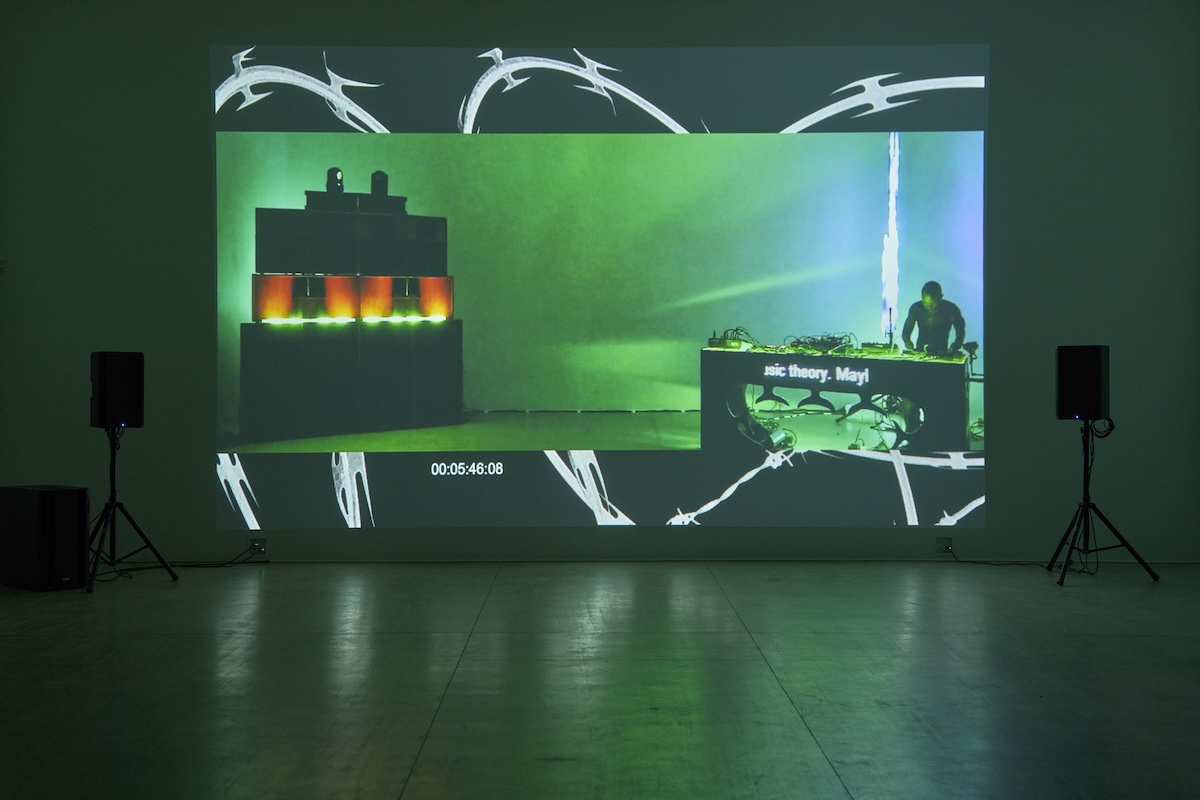
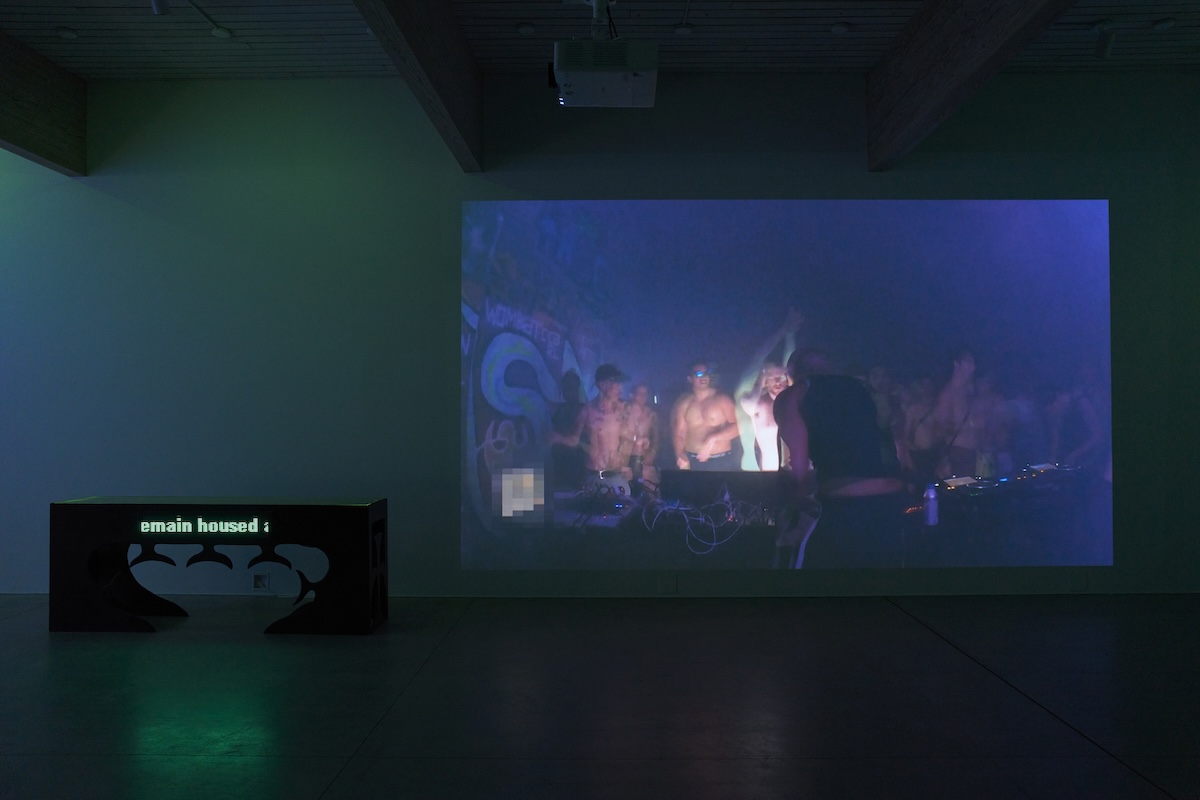
3WI is on view at ART OMI through February 18, 2024.

